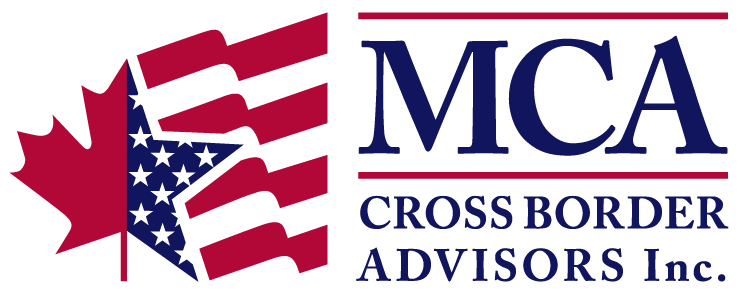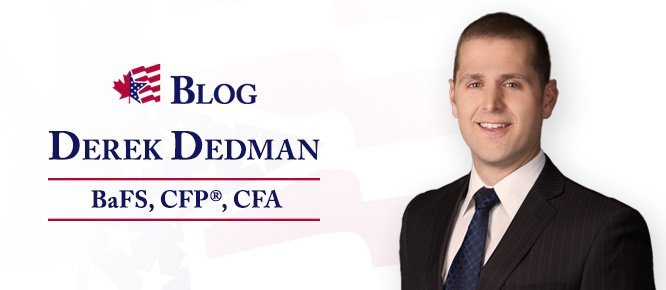The IRS certainly has a far reach and no other rule exemplifies this more than that of the Passive Foreign Investment Corporations (PFICs). The PFIC rules are complex, misunderstood, and often ignored. However, PFICs are a real cross border tax issue for U.S. persons living in Canada and not understanding or addressing the issue can prove to be highly costly.
A Cross Border Tax Nightmare
A PFIC is a foreign (i.e. Non-US) corporation that generates the majority of its income from passive investment sources. The technical definition is essentially a non-US corporation with at least 75% of its gross income derived from passive sources, or at least 50% of its assets produce passive income. As a result, Canadian mutual funds, exchange traded funds (ETFs), labour sponsored funds, and real estate investment trusts (REITs) are PFICs and subject to the onerous tax and reporting regime.
Americans in Canada
What does this mean for Americans living in Canada? There are two main considerations for Americans holding PFICs; the first is the tax impacts and the second is the filing requirement. There are three alternative tax systems for PFIC shareholders. First are the excess distribution rules, often referred to as “Naked” exposure. Second is the qualified electing fund (QEF) rules and finally the mark-to-market (MTM) rules that can apply.
If neither the QEF or MTM elections are made, the excess distribution rules will generally apply and of course, they are also the most punitive in nature. Essentially, excess distributions are “thrown back” over the entire holding period and taxed at the highest ordinary tax rate. An excess distribution is the amount of a distribution received from a PFIC, which is over 125% of the average of the last three years’ distributions (or shorter if held less than three years). This is an especially important consideration for funds that do not pay out regularly and only show gain on sale, because the entire gain is excess.
To avoid naked PFIC exposure, one can consider utilizing QEF or MTM, however these are not without considerations.
The QEF election generally allows shareholders to avoid the ugly tax impacts that can result from the excess distribution rules with the high tax rates and interest charges being avoided. The QEF election allows shareholders to include their pro-rata share of the annual income and net capital gains in gross income each year. The challenge is that for the QEF option to be available the fund must supply a PFIC annual information statement that allows the shareholder to make the election. If the fund does not offer this statement, the QEF election is not generally available. Fortunately as this issue becomes more prevalent, more and more fund companies are making the statement available for their American shareholders.
The mark-to-market election requires PFIC shareholders to report realized and unrealized gains on an annual basis. All gains (realized or unrealized) are treated as ordinary income on their US return, clearly not an ideal situation. No special statements are required for the mark-to-market option to be available, however the PFIC must be considered a marketable stock or fund for this option to apply.
Reporting
PFIC taxation is complex and often punitive and add to this the reporting requirements and associated costs; PFICs are something that most want to avoid. Form 8621 is required to be filed for each PFIC owned by a shareholder, a complex and time consuming form normally filed by your cross border accountant.
Some Relief
While we generally advise against Americans holding PFICs, there are some options available. There has been some debate about the IRS’s treatment of PFICs held within registered accounts and there is no official ruling from the IRS. However, it is now widely believed that PFICs within registered plans are not subject to the PFIC reporting and tax regime. In addition, if certain requirements are met, there is a de minimis exception to Form 8621 filing requirements for aggregate PFIC ownership of less than $25,000 ($50,000 for married filing jointly).
Conclusion
The IRS has a far reach and the PFIC rules illustrate just how ugly it can get. Making the appropriate elections can mitigate some of the punitive tax, however the onerous and often costly reporting remains. The PFIC challenge adds a barrier for the American living in Canada in meeting his or her investment objectives, adding a new dimension for consideration and a possible new drag on returns. It is then important to work with professionals possessing an in depth understanding of the PFIC rules along with developed strategies to help meet investment objectives and mitigate PFIC exposure. Working with professionals will help strike the balance between effective investment management and appropriate cross border tax planning. For more information on MCA Cross Border Advisors’ investment philosophy please click here.

